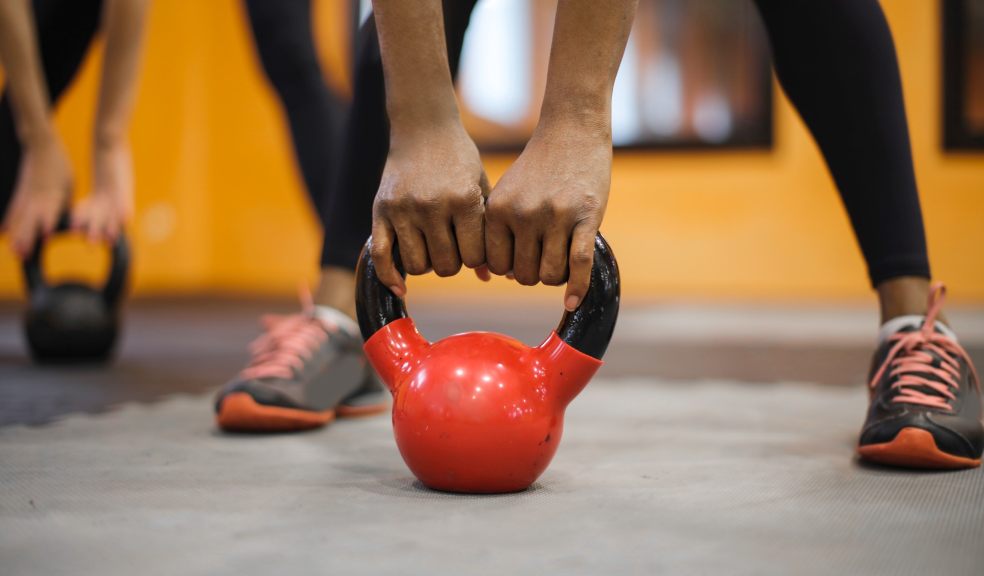
The Value of 'Soft' Workouts
Many people make the mistake of thinking that all workouts need to be ‘all or nothing’, and that you should ‘go hard or go home’. About 5 years ago, I had a high-level athlete take one of my boot camp classes in New Zealand. After the session, he said that he was amazed at how hard these middle-aged men and women were pushing themselves. This highlights that you do not need to push yourself ridiculously hard all the time to keep fit. In fact, super-fit people, like high-level athletes, have to pay very close attention to how hard they train because working too hard during one session can compromise the quality of subsequent sessions (for example, being so sore from weight training that you can’t play your sport the next day). For average members of the public, there’s great value in lower-intensity training sessions, or ‘soft workouts’ as they are sometimes called.
Soft workouts are workouts at a low intensity or difficulty. For example, a CrossFit class where athletes are huffing and puffing, sweating and grunting and working so hard that they feel nauseous would not be a soft workout. Nor would a HIIT class or military circuit training (generally speaking). However, a more sedately paced Pilates class, yoga class or walk with friends would be considered a soft workout.
Having just made some reasonable generalisations about well-known types of fitness class, it's important to note that almost all types of training can be made 'softer' or 'harder'. For example, you could go out for an hour-long bike ride on flat roads maintaining a low heart rate. This would be considered a soft workout. However, you could take your bike to the nearest hill and spend an hour doing hill sprints in a high heart rate zone with only a short recovery. This is still cycling, but at a higher intensity and difficulty, hence it's not a soft workout. As another example, Pilates classes can be approached in different ways. I've been to classes in the past that were very challenging, and I wouldn't call them soft workouts. Contrastingly, I've been to others that were slower and easier. In summary, a soft workout is any workout at a relatively low level of perceived exertion.
Good fitness professionals understand and manipulate intensity and difficulty because there is value in performing easier and harder sessions. There are many benefits to soft workouts, and even very high-level athletes have easier sessions structured into their weekly routines. For individuals who haven't been very active and consider their fitness levels to be quite low, soft workouts are a great way to reintroduce regular, structured training. This is because these workouts are very achievable, and they're less likely to leave someone unable to walk for 5 days. Subsequently, individuals look forward to their training and are more likely to get into a sustainable routine.
For fitter and more active individuals, soft workouts can act as recovery sessions between higher-intensity workouts. The purpose of these soft workouts is typically to prepare the individual for their next tough session, whilst still doing something that is, in its own right, worthwhile (like gentle strength training, mobility work or stretching).
One of the key downsides to soft workouts is that they aren't going to push you to higher levels of fitness as quickly as harder workouts. A key principle of fitness is the overload principle. It states that to improve an aspect of fitness, you need to challenge the limits of your body. For example, if you want to be able to do more push-ups, you need to challenge yourself to do as many as you can so that your upper body is overloaded, and an adaptive response is triggered.
Athletes capable of working to a high intensity often reach a point during a training session where they are seriously wondering why they are putting themselves through so much discomfort. Then, within an hour of the session ending, the individual is buzzing with positivity and can't wait for the next session. This exercise high is more pronounced with tougher workouts and is a reason why many people love training hard. If you never train at a high intensity, you may miss out on this.
In my opinion, much like high-level athletes and sportspeople, average members of the public should try to mix up the intensity of their training sessions. For example, in one week you might perform one HIIT class to a high intensity, one session in the gym weight training to a moderate intensity, a moderate intensity bike ride, and a few low-intensity but long-duration walks. You can be subtle with your workout intensities – you do not need to ‘go hard or go home.’
Tom is an Exeter personal trainer, fitness instructor and athletics coach.

















